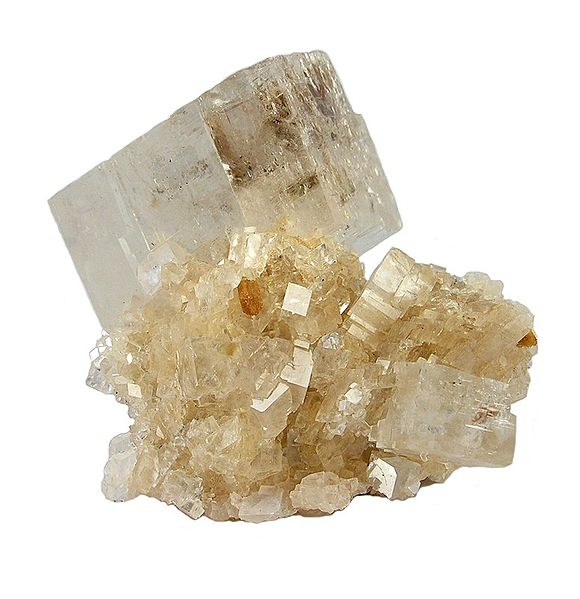Incredible way to induce CO2 formation
Have you ever wondered about how magnesium rock sucks carbon dioxide? The CO2 sucking stone has been taken out and waiting for it to grow in weeks. Is lab-grown artificial magnesite fight against climate condition? A new research project conducted by the University of British Columbia suggests that magnesium carbonate has an ability to suck up the carbon dioxide at a moderate rate.

A deep research carried out by the Trent University, Canada also studied the same. Interestingly, it absorbs carbon dioxide without hassle. One metric ton of magnesium carbonate sucks half part of the CO2 within an hour.
It may take hundreds of years to grow but it has been reduced to 70 days with our new process. Despite having many technologies, finding reasonable ways to create the project at a large scale can be challenging.
A study carried out by Ian Power, a geoscientist at the Trent University. Digital Trend has explained the significance of magnesite for the environment. Magnesite has an ability to form high temperature. As a result, input energy will be greater.
The formation of magnesite is a gradual process which takes hundreds to thousands of years. However, with the help of this new process, magnesite can be easily formed at room temperature in just ten days. Whenever greenhouse gas formed, it will be pumped into the environment.
Hence, the climate may continue to get warmer. Though we try to stop the greenhouse gas emission, the climate will get warmer and there is absolutely no way to get back the lost greenhouse gases. To trigger the chemical reaction, the researchers have used polystyrene.
The polystyrene acts as a catalyst to induce the chemical reaction, which in turn help form the magnesite. Interestingly, microsphere can be recycled and used for the same process.
It is not surprising that our environment has emitted around 40 billion tonnes of CO2 every year due to which many types of research has carried out to find out a way that helps increase the carbon dioxide generation.
Scientist focuses on material science and understands the fundamental science far better. Their approach to estimate things like how bacteria can be utilized to create magnesite is amazing. Some experiments randomly use the bacteria as the polystyrene, which has been shown to increase the carbonate formation.
The research paper has published in Journal crystal Design. The authors of the project include Gregory Dipple, Paul Kenward, Mati Raudsepp .


